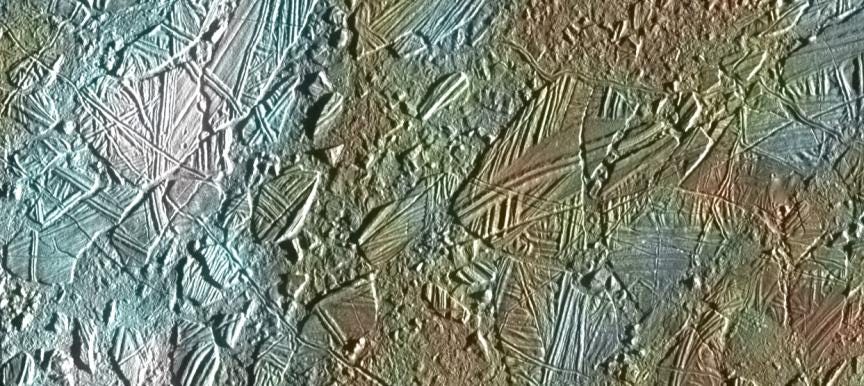In just a few days, my typography students will find themselves in conversation with astronomers. They'll dig through material in university archives, experiment with AI tools, and create visualizations of cosmic data. This isn't your typical type course.
Threading multiple needles, this section of Typographic Systems will challenge students to consider how typography—arguably humanity's most enduring tool for knowledge transfer—can help us understand and communicate the complexities of space and science.
The timing feels particularly resonant. While preparing for the course, I've been reading Martin Kemp's writings on the relationship between art and science. He speaks of a "constant current in our human quest for visual understanding" that runs through both disciplines. Kemp's article about spacecraft missions illuminates this further. Just as scientists ventured into unknown territory to help us visualize Venus and Jupiter, designers today are pushing the boundaries of visualization through generative AI. In both cases, we're dealing with tools that help us see and understand in new ways.
The power of asking “why"
In the classroom, we’ll embrace this exploratory approach. Throughout the course, our mantra will be simple: "Why?"
As Kemp notes in Visualizations: The Nature Book of Art and Science, "many artists ask 'why?' as insistently as any scientist. For the artist, as for the scientist, every act of looking has the potential to become an act of analysis."
One of the most compelling aspects of bridging design and science is the shared emphasis on process. In both fields, the journey often matters as much as the destination. This becomes especially crucial as we work with AI tools—it's not just about using the technology, but understanding its role in our process. As Kemp observes, both art and science share key methodologies: "observation, structured speculation, visualization, exploitation of analogy and metaphor, experimental testing, and the presentation of a remade experience in particular styles."
This focus on process is crucial, not only because it shapes the outcome, but because it encourages critical thinking and deeper engagement. In design, just like in science, it's not always about having the perfect solution right away, but about refining ideas, testing hypotheses, and making sense of what we uncover along the way. And when we combine this mindset with emerging technologies like AI, we open up new possibilities for exploration and insight.
So, why now?
Some might view the emergence of AI in design with trepidation, seeing it as a bleak precipice. But I prefer to see it as Kemp describes the early space explorers—driven by "the desire of intrepid explorers, ancient and modern, to see the wonders of the newly discovered terrains with their own eyes."
This is why the structure of the course will be deeply interdisciplinary. We'll collaborate with astronomers, visit the various libraries and archives, and work with AI tools. Our advanced design students will gain experience working across disciplines while developing comfort with emerging technologies.
Why?
That's what design education should be about. Not just teaching tools and techniques, but developing the ability to think creatively and adapt to change. In doing so, we're preparing students not just for the jobs that exist today, but for the ones that will exist tomorrow.
We're about to embark on our own journey of exploration. Like those early space missions, we may not know exactly what we'll find, but the desire to discover and understand drives us forward.
This is the first in a series of posts documenting our experimental work in Typographic Systems. Follow along as we explore the intersections of design, science, and artificial intelligence.
Sources:
Art and Science. Retrieved from Nature, https://www.nature.com/nature/articles?type=art-and-science
Kemp, M. Venus's voyeurs. Nature 393, 633 (1998). https://doi.org/10.1038/31367
NASA Jet Propulsion Laboratory. Retrieved from https://photojournal.jpl.nasa.gov/mission/Galileo
Snyder, D. (2001). Visualizations: The Nature Book of Art and Science. University of California Press.


